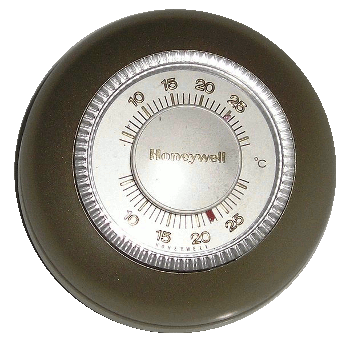In preparation for our special energy conservation lesson tomorrow, here are two tasks:
First, watch the following video and discuss with a partner two or three tips that you find useful.
Second, learn any new words in the following, placing five or six new terms on your blog in new sentences with pictures:
ESL/LINC VOCABULARY FOR PRESENTATION ON ENERGY CONSERVATION
1. Appliance: A piece of equipment, commonly powered by electricity, used to perform a particular energy driven function. Examples of common appliance are refrigerators, dishwashers, toasters, radios, televisions, humidifiers, dehumidifiers, microwave ovens
2. Battery: An energy storage device made up of one or more electrolyte cells.
3. Biofuels: Liquid fuels and blending components produced from biomass (plant) feedstock, used primarily
 |
| Biofuels |
5. Conservation: The act of protecting nature – water, plants and animals. The act of saving and reducing.
6. Energy conservation: Reducing energy consumption through using less of an energy service. Driving less is an example of energy conservation.
7. Energy: The ability to do work or the ability to move an object. Energy is any source of usable power.
8. Efficient energy use: Refers to using less energy for a constant service. Driving the same amount with a higher mileage vehicle is an example of energy efficiency.
9. Fossil fuels: Fuels (coal, oil, natural gas, etc) that result from the compression of ancient plant and animal life formed over millions of years.
10. Fuel: Any material that can be burned to make energy.
11. Geothermal energy: Thermal energy generated and stored in the Earth. It comes in either vapor-dominated or liquid-dominated forms.
 |
| Geothermal energy |
12. Global energy consumption: Refers to the total energy used by all people and industry around the world.
13. Incineration: A method where industry can break down its bulk waste in a furnace by controlled burning
14. Light energy: Radiant electromagnetic energy that an observer can see.
15. Non-renewable energy sources: These natural resources often exist in a fixed amount, and are consumed much faster than nature can recreate them. Fossil fuels, such as coal, petroleum and natural gas are examples of non-renewable energy sources.
16. Renewable energy sources: Naturally occurring, supposedly limitless sources of energy that cannot be depleted. Examples include sun, wind, water, biomass, geothermal.
17. Solar cell: An electric cell which changes radiant energy from the sun into electrical energy by the
18. Solar energy: The radiant energy of the sun, which can be converted into other forms of energy, such as heat, light or electricity.
19. Thermostat: A device that adjusts the amount of heating and cooling produced and or distributed by automatically responding t the temperature in the environment.
 |
| Thermostat |
20. Transformer: A device which concerts the generators low-voltage electricity to higher voltage levels for transmission to the load center, such as a city or factory.
21. Watt (w): The watt is a derived unit of power in the International System of units (SI), named after the Scottish engineer James Watt. Its unit symbol is W. The unit measures the rate of energy consumption.
22. Wind energy: A renewable source of energy used to turn turbines to generate electricity.

No comments:
Post a Comment